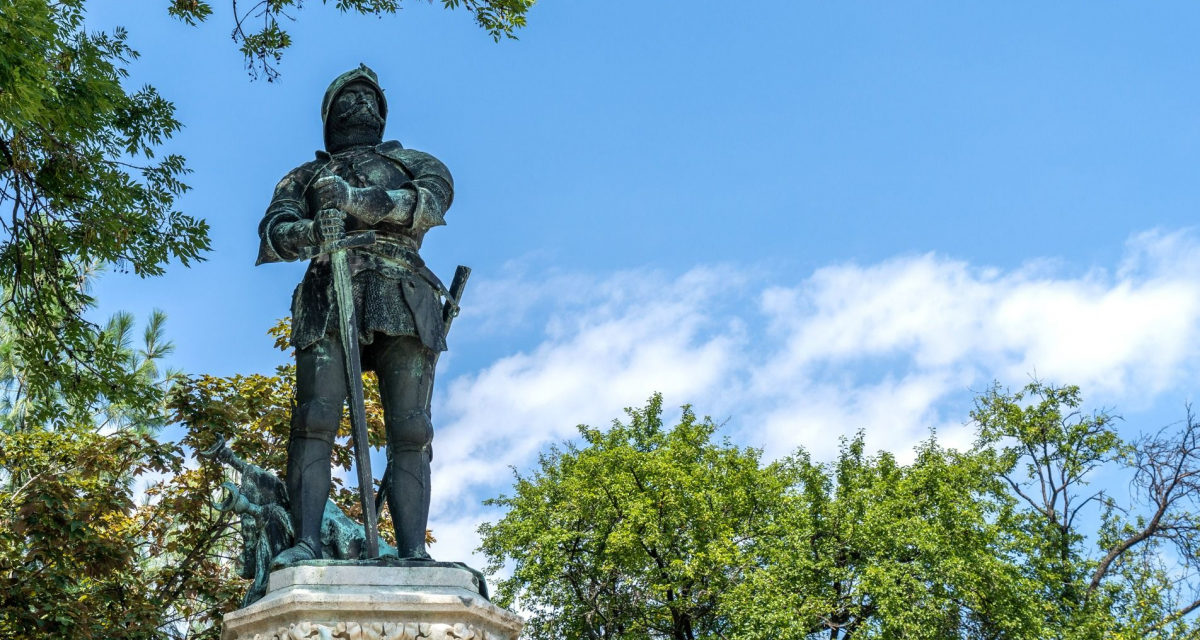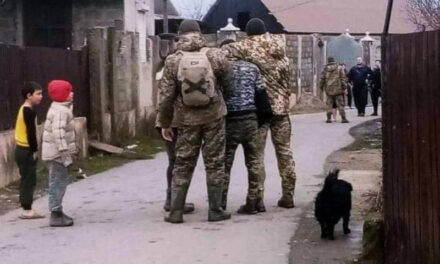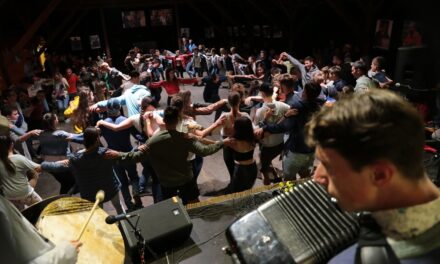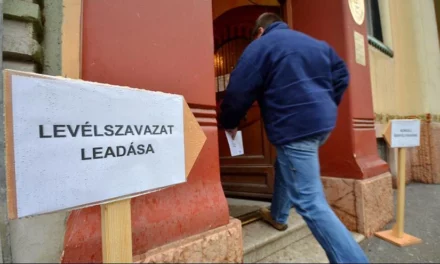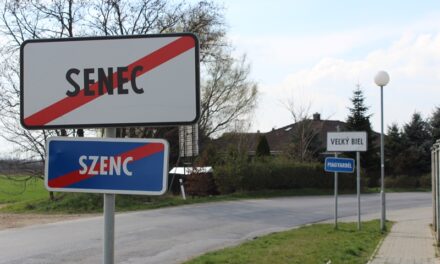The iron mace is a military monument - it was. There is no sign of it today. The story is fresh, one of the significant stories of the regime change in Romania.
The piquancy of the case is that the mace of János Hunyadi , whom Romanian historiography considers to be of Romanian origin. The act for which the heroic monument was erected was the Turkish attack in 1442. Earlier - in 1420 - the Turks already invaded South Transylvania through the Vaskapu Pass, the mountain pass separating the Ruszka Mountains and the Szörényi Mountains. János Hunyadi's army of 12,000 to 15,000 stood in the way of the invasion in 1442, they defeated the Turkish horde of 81,000. A significant number of Turks lost their lives in the fighting.
In the series of Millennium Holidays, on September 6, 1896, at the scene of the battle, near the village of Zajkány, on the Vámoszajkány hill, Hunyad county erected a four-meter cast iron monument shaped like a battle mace. On the monument was the coat of arms of János Hunyadi and the following inscription: "On September 6, 1442, János Hunyadi defeated the 80,000-man army of Begler Beg Sehabeddin advancing into Transylvania in this gorge with his fifteen thousand warriors. The audience of Hunyadvár County erected this column as an eternal memorial of the glorious feat of arms in the thousandth year of the conquest ."
Over the years, several monuments were erected to Hunyadi in the county, five more in number. In the years following World War I, the Romanian authorities destroyed all of them, the last one in the mid-60s. The iron mace survived the storms of the times between the world wars, it also escaped the destruction of monuments of national communism.
And the long-awaited change came, when the new government put its faith in democratic values - I will quote only one of them: understanding, accepting, or at least tolerating, the opinions and values of others.
On June 22, 1992, "unknown" criminals toppled the last Hunyadi monument, the zajkány, with the use of heavy machinery, and the mace disappeared. A year later, the iron mace was fished out of the lake in Ostró and taken to the museum in Várhely (Sarmizegetusa). From there, in November 1994, the iron mace disappeared for good.
In 2002, the RMDSZ concluded an agreement with the ruling party (RSZDP - the successor party of the Communist Party) on parliamentary support. One of the items in this was the preservation and renovation of the remains of the monument. Nothing happened, or indeed it did. In April 2003, the remaining pieces of the toppled Zajkány monument on the spot, in the Vaskapu pass, also disappeared, the monument's pedestal was dismantled, and the area was leveled.
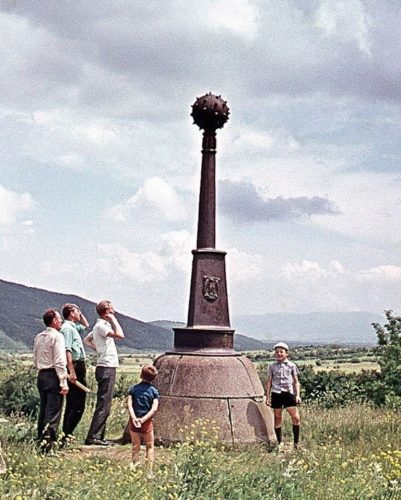
This is how the iron mace was until it was taken down (photo: Erdely.ma)
Let's summarize.
In 1992, a multi-ton, four-meter monument was knocked down and thrown into the water. Machines were needed for this, personal venom or excitement would not have been enough.
The mace is recovered from the lake and taken to a museum in 1994. And they just steal it from here. What household can use a bulky piece of iron? - this time too, an individual motive can be ruled out, the office is hiding behind the case.
In 2003, the site of the former monument was also leveled with machines. Mountain farmers do not usually keep a bulldozer, like a spade or a hoe, at the end of the garden...
After that, it's no wonder, in fact, it's legal: there's no one responsible, no investigation has been launched.
Bodo Brown
(Cover image: pestbuda.hu)

